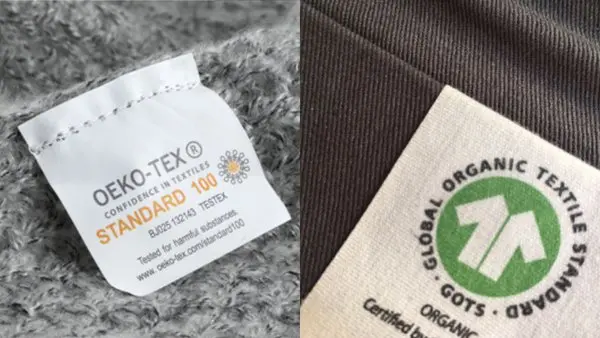As environmental awareness grows, more consumers are seeking eco-friendly and sustainable options in every aspect of their lives—including their bedding. The shift toward green living has led to innovations in bedding materials that not only provide comfort but also help protect our planet. In this article, we explore the most popular sustainable materials used in bedding and their benefits for both you and the environment.
Why Choose Eco-Friendly Bedding?
Traditional bedding production often involves chemicals, intensive water use, and non-renewable resources. Eco-friendly bedding, on the other hand, prioritizes renewable materials, ethical sourcing, and reduced environmental impact. Choosing sustainable bedding means supporting a healthier home and a cleaner planet.
Popular Sustainable Materials Used in Bedding
1. Organic Cotton
What is it?
Organic cotton is grown without synthetic pesticides, fertilizers, or genetically modified seeds. It’s certified by organizations like GOTS (Global Organic Textile Standard).
Benefits:
- Hypoallergenic and gentle on sensitive skin
- Lower environmental impact
- Free from harmful chemicals
- Soft and breathable
2. Bamboo
What is it?
Bamboo bedding is made from bamboo fibers, which are naturally renewable and fast-growing.
Benefits:
- Naturally antibacterial and moisture-wicking
- Biodegradable and sustainable
- Silky-soft texture
- Excellent temperature regulation
3. TENCEL™ (Lyocell)
What is it?
TENCEL™ is a branded lyocell fiber made from sustainably sourced wood pulp, primarily eucalyptus.
Benefits:
- Produced in a closed-loop process with minimal waste
- Exceptionally soft and smooth
- Breathable and moisture-wicking
- Biodegradable
4. Hemp
What is it?
Hemp is one of the oldest and most sustainable fibers. It requires little water and no pesticides to grow.
Benefits:
- Durable and long-lasting
- Naturally resistant to mold and bacteria
- Becomes softer with each wash
- Highly breathable
5. Recycled Materials
What is it?
Some bedding brands use recycled polyester or upcycled fabrics to create new products, reducing landfill waste.
Benefits:
- Diverts waste from landfills
- Reduces resource consumption
- Often blended with natural fibers for comfort
Certifications to Look For

When shopping for sustainable bedding, look for certifications like:
- GOTS (Global Organic Textile Standard)
- OEKO-TEX® Standard 100
- FSC (Forest Stewardship Council)
- Fair Trade Certified
These labels ensure that products meet strict environmental and ethical standards.
The Benefits of Sustainable Bedding
- Healthier Sleep Environment: Fewer chemicals and allergens mean safer sleep.
- Reduced Environmental Impact: Lower water use, fewer emissions, and less waste.
- Support for Ethical Practices: Fair wages and better working conditions for farmers and workers.
- Long-Lasting Comfort: Many sustainable materials are naturally durable and get softer over time.
Conclusion
Eco-friendly and sustainable materials are revolutionizing the bedding industry, offering comfort, style, and peace of mind. By choosing bedding made from organic cotton, bamboo, TENCEL™, hemp, or recycled fibers, you’re investing in your well-being and the future of our planet. Make the switch today for a greener, healthier sleep.
Looking for sustainable bedding options? Explore our collection of eco-friendly sheets, duvet covers, and more at Yintex!


Leave a Reply